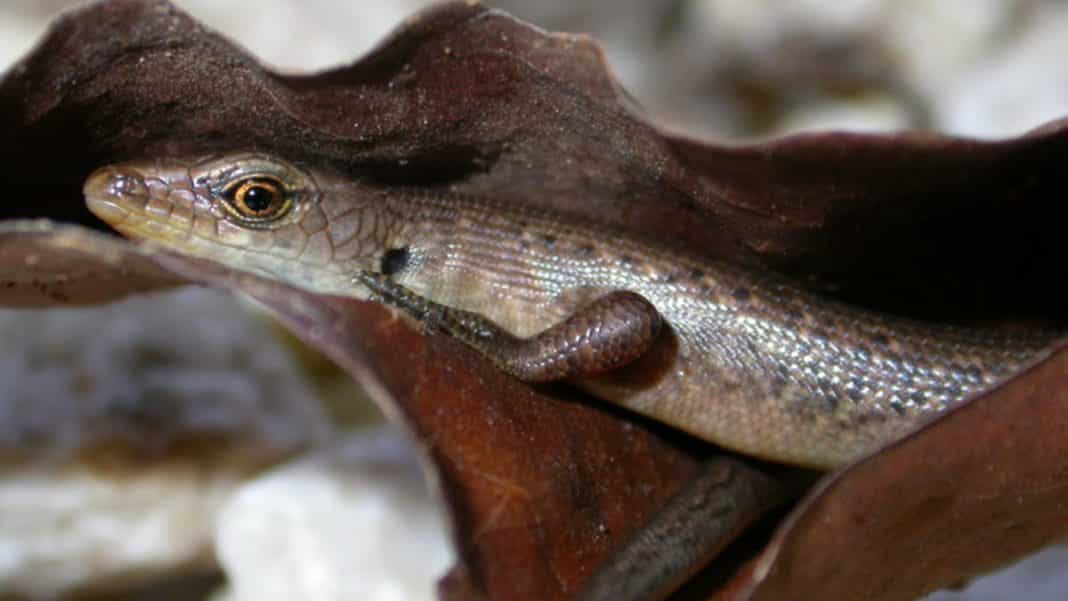The Christmas Island forest skink and 12 species of mammal are on list, which also includes the desert bettong, the broad-cheeked hopping mouse and the Nullarbor barred bandicoot
The Australian government has now officially acknowledged the extinction of 13 more endemic species, which includes 12 species of mammal, as well as the first reptile known to have been lost since Australia was colonised by Europe.
The addition of these 12 mammal species has confirmed Australia’s unenviable position as the world’s capital for extinction of mammals, lifting the total number of mammal species known to have died out to 34.
This comes after a COVID-19 testing centre close to the capital of The Netherlands, Amsterdam, appears to have been targeted intentionally following an explosion before the testing site opened, police have now said.
None of the 13 animals is a surprise. All but one of the mammal extinctions is being seen as historic, with most of the animals having disappeared in the century between the 1850s and 1950s.
But this extinction list also includes two species lost just in the past decade, both from Christmas Island in the Indian Ocean.

As the Guardian Australia has reported, the last Christmas Island pipistrelle, which was a species of bat, died out in 2009. It was then followed by the sole remaining Christmas Island forest skink , which became the first Australian reptile known to have become extinct, back in 2014. Both extinctions had previously been recorded by the International Union for the Conservation of Nature (IUCN).
This updated list of extinct animals means that over 10% of the 320 land mammals that were known to have lived in Australia in the year 1788 are now extinct.
The Wilderness Society‘s Suzanne Milthorpe has said that there was “not another country, rich or poor, that has anything like this record” in the history of mammal extinction. She said that Haiti was next on the IUCN list for extinctions of mammal species with a total of nine.
This comes after around 120 people reported seeing the burning ball of space rock in the skies; the meteor appeared to be visible across much of the UK. The meteor lit up the sky over the United Kingdom on Sunday night, wowing amateur stargazers who were lucky enough to be able to see the astral phenomenon.
Conservation biologist at Charles Darwin University, Prof John Woinarski, helped record the plight of many of these newly listed extinct species in two books, saying that the listings were “humbling and sobering”.
He said that it was a reminder that the extinction of animals was a “likely event” after a species has been listed as threatened if not enough was done to protect it. “It is important to acknowledge that the losses have occurred and it’s a reminder that if we don’t manage our threatened species then extinction is the end result,” he said.
